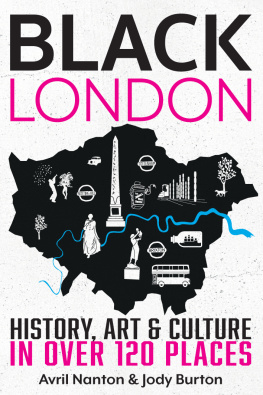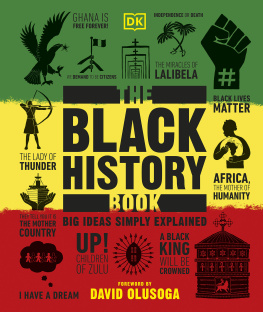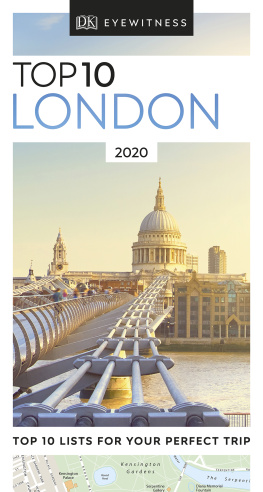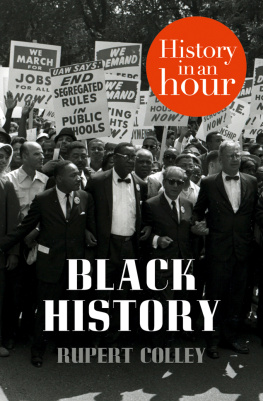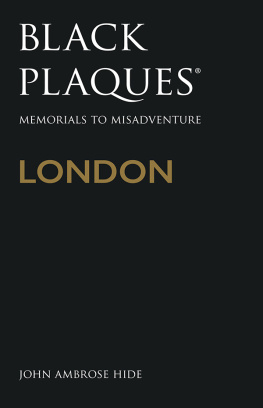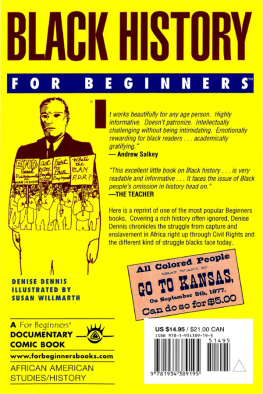Contents
Guide
BLACK LONDON
Avril Nanton & Jody Burton

First published in Great Britain in 2021 by Inkspire
Inkspire is an imprint of Fox Chapel Publishers International Ltd. 3 The Bridle Way, Selsey, Chichester, PO20 0RS
Project Team
Publisher: Helen Brocklehurst
Designer: Tom Whitlock
Editor: Nick Fawcett
Proofreader: Katie Stockermans
Maps: Lovell Johns
Text copyright 2021 Avril Nanton and Jody Burton Maps copyright Fox Chapel Publishers International Ltd. Contains OS data Crown copyright and database right 2021
All rights reserved. No part of this book may be reproduced, stored in a retrieval system, or transmitted in any form or by any means, electronic, mechanical, photocopying, recording, or otherwise, without the prior written permission of Fox Chapel Publishers International Ltd, except for the inclusion of brief quotations in an acknowledged review.
ISBN 978-1-913-61819-3
eBook ISBN 978-1-913-61820-9
A CIP catalogue record for this book is available from The British Library
Cover design: Tom Whitlock
Standing on giants shoulders
CONTENTS
Index

WELCOME TO BLACK LONDON
L ondon has a rich multicultural history of which we should all be proud. Historically, black people have been here for a very long time. Royal blacke trumpeter John Blanke, for example, arrived in Britain as part of the entourage of Katherine of Aragon in the early years of the sixteenth century.
This book is a historical guide to black global history in London, as well as a compendium of information about things to see, from Cleopatras Needle dating as far back as 1460 BCE, to the Black Lives Matter mural painted in Woolwich in 2020, which celebrates familiar heroes such as Mary Seacole, Ignatius Sancho and Marcus Garvey, and highlights other people, places and events that deserve wider recognition. There are also stories in these pages of black and white resistance and the struggle for freedom and equality, ranging from the Sons of Africa and Granville Sharp in the sixteenth century, to race protests in the twentieth century. Learn the stories behind the plaques, monuments, murals, statues and artworks.
Londons role as a Roman colony and Britains later role in world trade enslavement during its Empire period have, in turn, made the UK a diverse land and London a global city. These connected histories are reflected in the citys place names, statues and other historical artefacts and landmarks, illustrating the diversity of an all too rarely told British history that stretches back long before the arrival of the ship HMT (His Majestys Transport) Empire Windrush in 1948. Windrush is an important chapter in black Britains history and heritage. It marks the commencement of modern black Britain.
To cover this vibrant history, we have arranged the key London boroughs into five areas. Some are particularly rich in black history and others less so. Evidence of the black presence is particularly abundant in central London, the East End, Brixton, Tottenham and Notting Hill. Each of these neighbourhoods has a particular history, links to the black community and layers to the past. Ultimately, the landmarks, people and places you will read about here demonstrate the significant black contribution in shaping Londons history.
HISTORY OF THE SHIP HMT EMPIRE WINDRUSH
I n 1930 the Motor Vessel Monte Rosa was launched as a passenger liner and cruise ship in Germany. Owned and operated by the German shipping line Hamburg Sd, she was used during the Second World War as a troopship by the German navy. Subsequently, the British took the ship as a prize for defeating the Germans. They decided to name it the Empire Windrush and continued to use it as a troopship. Operated for the British government by the New Zealand Shipping Company, the ship docked at Kingston, Jamaica, on 24 May 1948 only to pick up servicemen who were on leave, but people from all over the Caribbean had heard about its arrival and many had purchased tickets to England. Having heard so much about the UK, they wanted to see what the Mother Country looked like, so by the time the ship left Jamaica it was packed not only with returning servicemen but with citizens (the British Nationality Act 1948, according citizenship to all British subjects with links to the United Kingdom or a British colony, was going through Parliament at the time) who were curious, seeking adventure and looking for work.
The ship finally arrived in the UK on 21 June 1948, docking at Tilbury, but the passengers were not allowed to disembark until the next day as it was so late. Of the 1,027 onboard, 802 gave the Caribbean as their last place of residence, although the official figure was recorded as 492. The majority of passengers were men. Eighty-six were children aged 12 and under.
Nearly 16 years later, in what proved to be the final journey of the HMT Empire Windrush, an explosion and fierce fire in the engine room killed four crew members as the ship was travelling from Hong Kong to Britain in 1954. The ship sank but the remaining crew and passengers were all rescued.
LONDON PLAQUES
P laques serve as important historical markers. They are permanent signs in public places commemorating noteworthy people, organisations and events linked to that location. The sites generally relate to a birthplace, residence, workplace or occasionally place of death. The signs can be made of ceramic, stone, metal or other materials.
Familiar to most will be the celebrated blue plaque scheme - the oldest plaque system in the world - inaugurated by the Society of Arts in 1867. After subsequently being administered by the London County Council and then Greater London Council, responsibility for the scheme was taken on by English Heritage in 1986. An important criterion for English Heritage, which oversees the scheme via a committee, is that the nominated person must have been dead for at least 20 years. In 2016 the organisation launched a diversity initiative to address the lack of plaques commemorating those from an African Caribbean and Asian heritage. Two black male trustees joined the charitys board in 2018: Kunle Olulode, director of Voice4Change and a national advocate for the black and minority ethnic voluntary and community sector; and David Olusoga, historian, broadcaster and film-maker.
Most London boroughs have their own schemes and many are voted for by the public. Their plaques come in a variety of colours, blue being the predominate choice, but also including green in Islington and brown in Camden and Hackney. Unlike those of English Heritage, Southwark Heritage Associations plaques - which are also blue - commemorate living people.
Since 2004, the Nubian Jak Community Trust, headed by Jak Beula, has recognised the contribution of important black figures and raised the awareness of black history in Britain through its commemorative plaque and sculpture scheme. The trust works in collaboration with local boroughs and organisations, its plaques recognising past and living people as well as events.
In 2016 historian David Olusoga presented A Forgotten History

